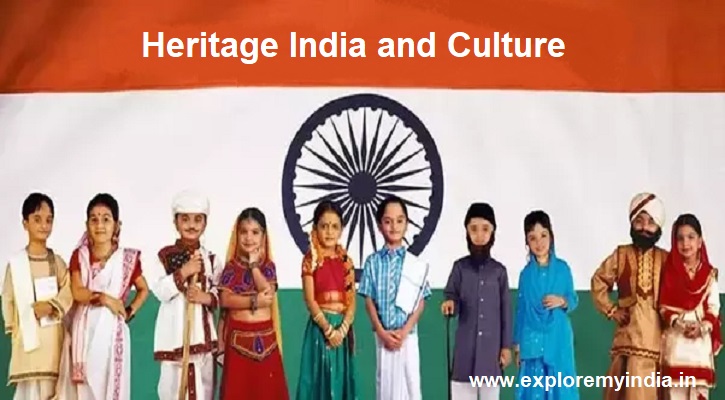Heritage India and Culture: Our Traditions, Customs and Lifestyle
Heritage India and Culture is the Art of Living
The Cultural Diversity in India is an integral part of the Heritage India and the lifestyle of Indian people. It embodies their traditions, Customs, Festivals, Religions and whole lot of personal and social activities.
Humanity:
Tolerance:
Diversity:
Secularism:
Closely knit Social System:
Cultural Heritage:
India’s 125 crore people have descended from a variety of races. The oldest ones are the Negroid aboriginals called the Adivasis or First settlers. Then there are the Dravidians, The Aryans, the Mongols, The Semites and innumerable inter-mixtures of one with the other. The great Epic, The Mahabharata, and the sacred text, the Bhagavad-Gita teach the Indians that survival can only be in terms of quality of life. It provides a framework of values to make the Heritage India and its Culture well- groomed.




